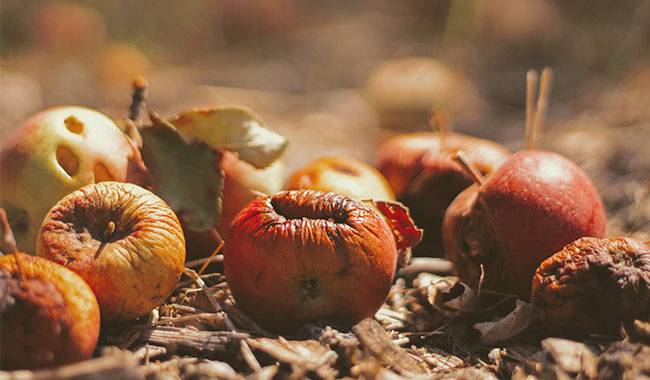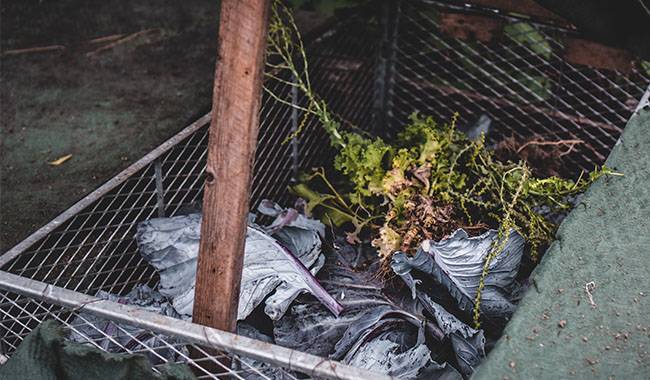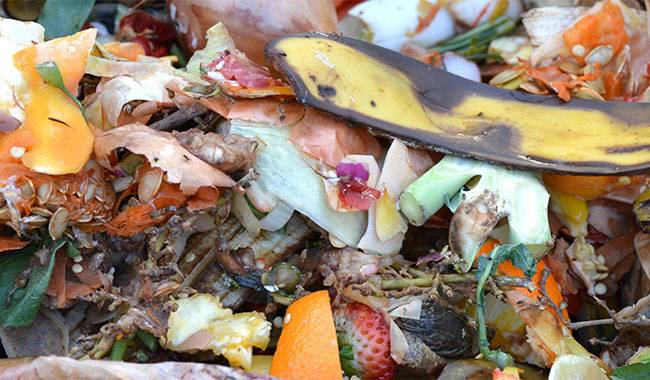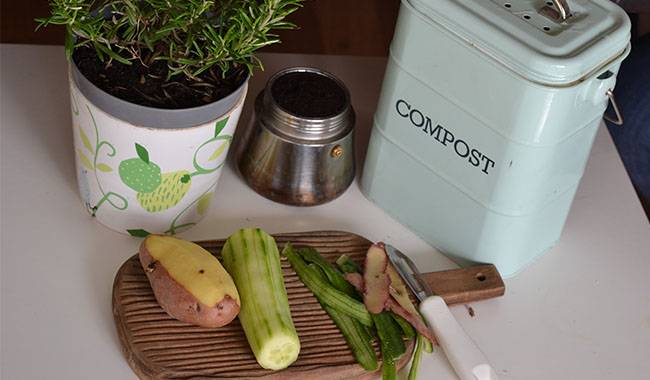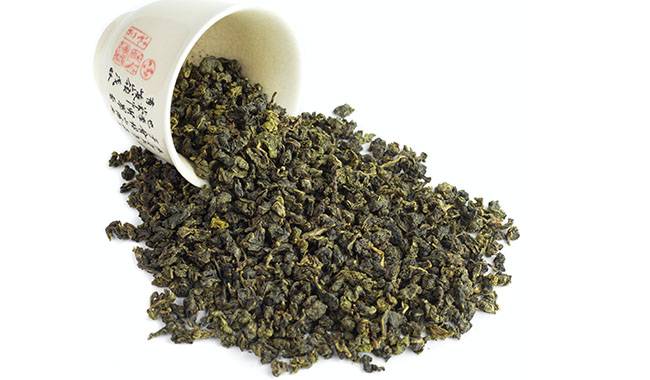
Compost “tea” is the secret of many top gardeners. Almost all world records for growing giant vegetables were achieved using this unique fertilizer. When irrigated with compost “tea”, the plants start growing well and the green mass increases threefold. Composting tea is a super source of energy for plants. In this ThumbGarden article, we will discuss these composting methods and see how to use tea as a natural fertilizer.
The secret to healthy soil is that it is teeming with healthy microorganisms. Organic compost “tea” is actually teeming with beneficial probiotics. There are two types of bacteria involved in the biological evolution of the soil – aerobic and anaerobic. Aerobic bacteria thrive in oxygen-rich soils. Anaerobic bacteria predominate in oxygen-deficient soil and water.
Aerobic bacteria – the friends of your garden. They break down toxic substances and create beneficial products in the soil.
Poor soils lack aerobic bacteria and other beneficial microorganisms. The application of chemically synthesized fertilizers, pollution, and other unfavorable conditions deplete the soil and destroy beneficial bacteria. At the same time, optimal conditions are created for the growth of anaerobic bacteria, root rot, and other plant diseases. Commercial fertilizers contain salts that accumulate in the soil and kill beneficial bacteria. Synthetic chemical fertilizers are beneficial in the short term but harmful in the long term. The use of organic fertilizers, especially composted “tea”, will result in healthy soil in the long term.
Compost Tea Can Be Prepared in Several Ways
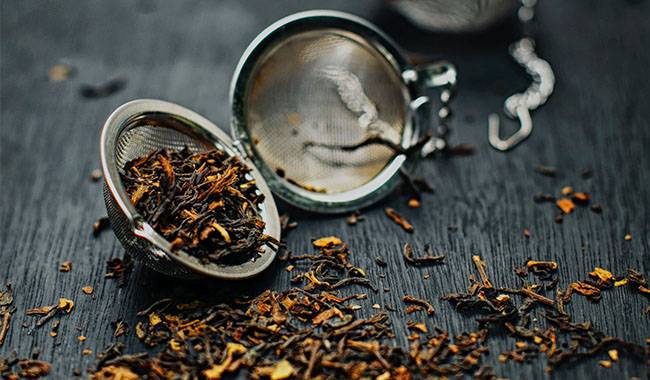
Method I
Place the finished compost in a bag and tie it up. Fill a bucket with water and submerge the bag in it. Allow the “tea” to steep for several days, stirring occasionally. When the solution takes on a tea-like color, it is ready to use.
Method 2
Fill the bucket about one-third full of compost, add water, and stir. Let the compost sit for 3-4 days. Stir the compost solution while it is being infused. Strain the solution through a sieve or gauze into another container.
Method 3
Making aerated compost is not much different from the first two methods, except that the solution is centrally aerated during the filling process. This is done with a compressor and aeration stones (available at aquarium stores).
What is it used for? As we said above, aerobic bacteria are very important to the health of the soil and plants. Without a constant supply of oxygen, these microorganisms will die and be replaced by anaerobic, harmful bacteria, and the compost “tea” may have an unpleasant odor. In this way, aeration can improve the quality of the compost produced. Think about why standing water in a pond smells unpleasant, while river water smells fresh? The river is saturated with more oxygen, which prevents the proliferation of harmful putrefactive microorganisms.
Method 4
For larger farms, you can use industrial equipment to make compost “tea”. This equipment has long been produced and used in the United States. It can also be made yourself, using a plastic bucket with a tap and a compressor.
For all methods of making compost “tea”, it is important to eliminate chlorine from the water (if you use tap water), as this has a negative effect on the important function of beneficial bacteria. To do this, let it sit or aerate for 2-3 hours.
If the resulting compost “tea” has an unpleasant putrid smell, the anaerobic bacteria are saturated. Do not water the plants with this compost and make a new batch of compost tea following all the rules. Only fully “mature” compost should be used to make the solution. Aerating the “tea” can also help improve its quality.
If you cannot use the compost “tea” immediately, store it in a cool place and aerate it.
Ready-made compost “tea” is used for watering and spraying plants. The advantage of this method is that you do not add additional soil to the plants as you would with dry compost. This is a great way to fertilize potted plants. To spray, dilute the compost tea with water at a dilution of 1:10. Do not spray the leaves on a bright sunny day because the plants will get burned. It is best to do it in the early morning or at sunset.
For watering, you can simply use a ready-made concentrated “tea”. You won’t damage the plants as much as you would with concentrated chemical fertilizer. The frequency of watering is once a week to once a month.




